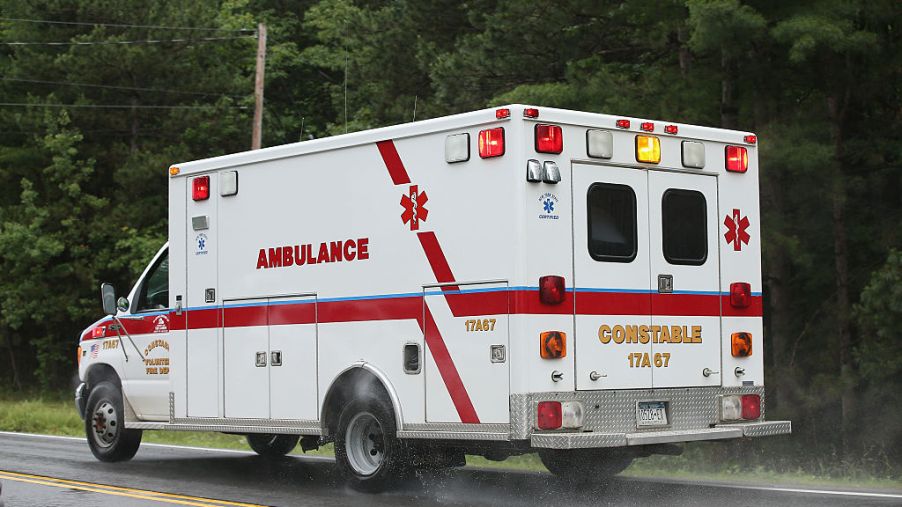
5 Interesting Facts About Ambulances
When the unimaginable happens, emergency services need to get to where they’re needed as soon as possible. Unlike police cars, however, ambulances need to be able to do more than just move people quickly. In order to provide the lifesaving care that a patient needs, ambulances need to be decked out with medical equipment so that it can save lives. Here are five more interesting facts about these interesting vehicles.
5. A lot of them are Fords
Any automaker can make a chassis for an ambulance, but Ford is one of the most popular automakers for manufacturing these lifesaving vehciles. For example, American Emergency Vehicles, or AEV, makes ambulances with all sorts of chassis. However, Ford represents the majority of AEV’s offerings.
AEV offers ambulances that are based on the Ford F-150, the F-250, the F-350, the F-450, and the F-650 chassis. This wide selection based on Ford trucks makes a lot of sense since Ford’s trucks are known for being reliable and powerful.
AEV isn’t the only manufacturer on the market, but Fords still dominate the American ambulance market according to The Gothic Times.
4. The sirens mean the same thing
If you’ve listened to the sirens of several different ambulances, you may notice that they’re not making the same siren sounds as each other. However, according to both Pouted and The Gothic Times, those sirens mean exactly the same thing, get out of the way.
An emergency medical service worker may use different sounding sirens for whatever reasons they want. But the purpose of that siren is the same no matter what.
3. Thousands of ambulances
According to Pouted, there are over 78,000 ambulances in the U.S., and they come in all shapes and sizes too. Many may be based on the chassis of a pickup truck, but ambulances that are based on vans and other car body types exist as well.
Ambulances that are based on a pickup truck are called Type I ambulances. Type II styles are based on a van’s chassis. Type III are based on the chassis of a cutaway van, according to Metronix. The last kind are Type IV. These are smaller and are usually built on the chassis of a golf cart.
About half of the ambulances in the U.S. can provide advanced life support, according to Pouted. These aren’t clustered around certain areas either, a relatively similar number service each area of the country.
2. The fastest ambulance
Ambulances don’t need to be too fast, since its sirens should clear the road ahead of them. However, that didn’t stop Dubai from creating the world’s fastest ambulance.
It’s based on a Ford Mustang and it can hit over 180 miles per hour. It’s worth about $270,000 and Dubai has already put it into service with its emergency response force. Dubai is planning on adding several more of these to its growing fleet of luxury emergency vehicles.
It’s not just a fast car either, it’s also decked out with all the medical tools necessary to provide first aid to patients. According to EMS1, it can arrive to the scene of an accident in just four minutes, compared to the eight minutes necessary for a regular ambulance van.
1. Be ready to fork over some dough
Ambulances may be based on a chassis of a relatively affordable vehicle, but the finished product is actually pretty expensive. Prices for a brand-new ones can range from $100,000 to $200,000.
Customized ambulances will cost even more, too. Despite this steep price, all of those ambulances are equipped with the latest lifesaving equipment, so in the end, it’s worth it.



